HomeReviewsBulwark: Falconeer Chronicles
Bulwark: Falconeer Chronicles review: cliffside citybuilding that dries up sooner than you’d hopeSinking feeling
Sinking feeling
Image credit:Rock Paper Shotgun/Wired Productions
Image credit:Rock Paper Shotgun/Wired Productions
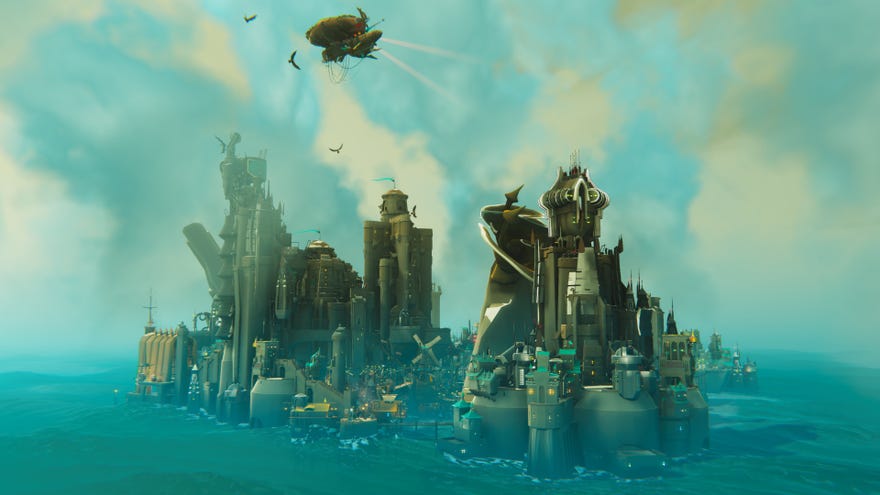
Maintaining the thrum of a finely-tuned citybuilder has to be one of the most satisfying acts of video game plate-spinning around. Nursing that constant flow of foot traffic, produce and profits, all of them teetering on a carefully honed knife-edge, that’s the good stuff right there. Of course, it’s not always the threat of imminent and total collapse that fuels these mighty engines of urban planning. Sometimes it’s the simple pleasure ofbuildingitself, watching a scrub of dirt track rise up into an advanced superhighway of architectural wonder. The best of these more relaxed kinds of citybuilders - yourDorfromantiks and yourSteamWorld Builds et al - still involve plenty of plate-spinning; it’s just that they won’t ever fall over if you take your eye off the ball for a moment.
Bulwark: Falconeer Chroniclessits at the citybuilding crossroads of ‘relaxed’ and ‘something more’. It wants to be an easy-going kind of builder, as nothing fundamentally bad happens when the wheels stop turning for a moment. For the most part, you’re free to build where and however you please, constructing imposing fortresses jutting out into the ocean from mere scraps of rock. But it also gets more bogged down in the minutiae of resource flow, workermanagementand conquest and expansion via muddy, ill-defined combat procedures than it probably should. It always feels on the precipice of becoming something bigger, bolder and more boisterous than it ever really achieves, dipping its toes into the murky waters of its lonely Ursee without truly ever getting its feet wet.
Buildling happens on a ‘spoke and wheel’ system, with circles denoting where you can build towers, and squares where you can expand with foundations. |Image credit:Rock Paper Shotgun/Wired Productions
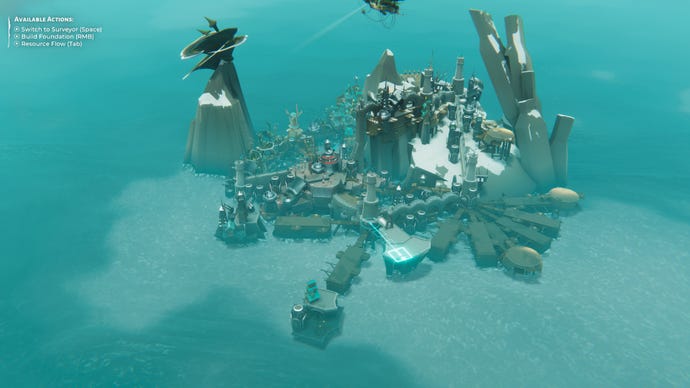
As a solo developer project,Bulwarkstill feels impressive in its own right - even if it’s ultimately one that’s subject to a debilitating amount of feature-creep. When you fire it up, you’re presented with a sort-of campaign mode that consists of three starting scenarios, and a free build mode where you can really go to town with its seaside construction systems. I say ‘sort-of-campaign’, as there’s no real goal in Bulwark. You can just keep building and building until you’ve had your fill. Sure, you could probably conquer the oceans if you wished, but there are no objectives or victory conditions per se telling you to do so, or what you should aim for next. You make your own fun in Bulwark, which can feel quite freeing on the one hand, but directionless on the other.
The photo mode is excellent, and the shifting light and time of day can create some moody and dramatic portraits of your evolving settlement. |Image credit:Rock Paper Shotgun/Wired Productions
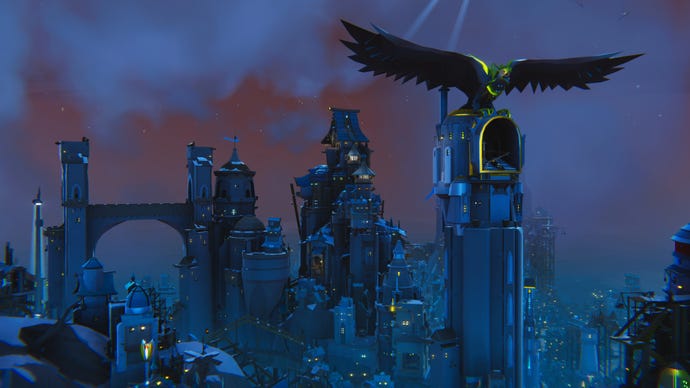
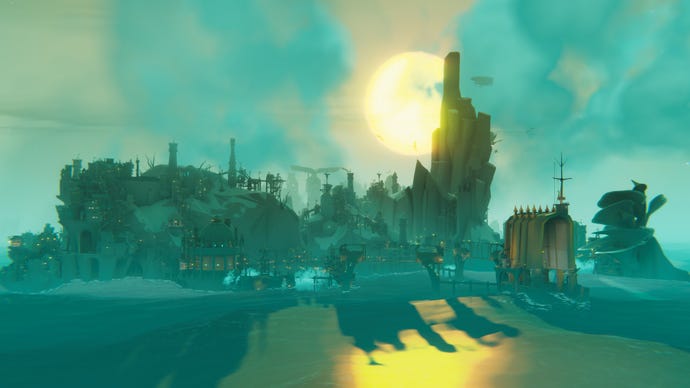
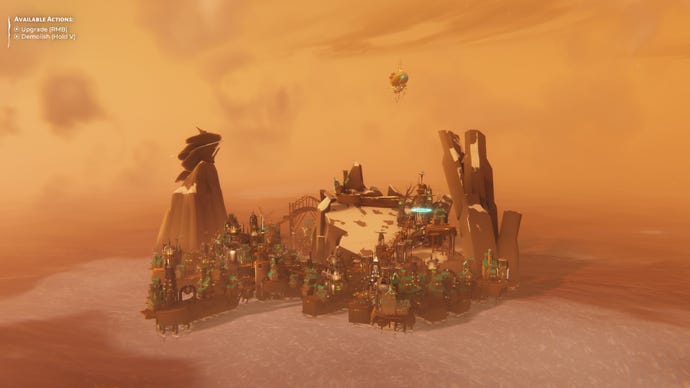
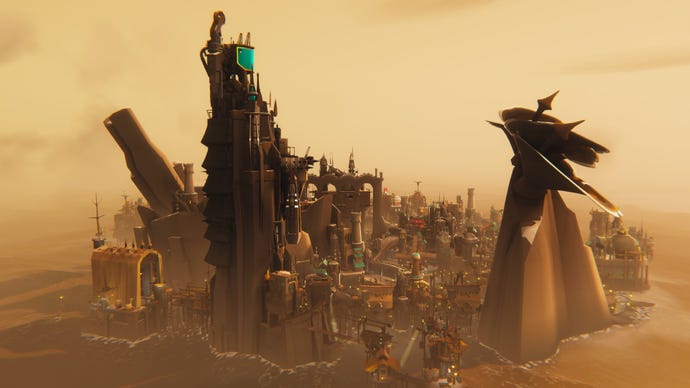
The fundamental act of building, though, is quite satisfying, and watching your settlements edge further and further out into the sea really feels like you’re defying the odds as you try and make a life for yourself. The first thing you’ll need to do is connect your outpost to a wood mill, as without wood, nothing can be accomplished at all. It’s one of three main resources in Bulwark - the others being stone and iron - and once you’ve got walkways and towers connected to their respective extractor sites, resources will flow freely (for the most part), with houses cropping up automatically along your bridges and jetties.
It’s a very easy kind of citybuilding. While resource sites can be depleted, they take a long time to do so, and they’re effectively infinite in quantity while they’re being mined. There are no real limits on how much you can build in the early parts of the game, and you’ll feel little need to hit Tab to toggle on the Resource Flow menu. Remember this menu exists, though, as I’ll be returning to this later. Instead, you’ll be too busy creating a spiderweb of walkways around your starting location, constructing towers and laying foundations to give you more solid ground to work with as you expand into the deeper and deeper water. Once you have stone and iron, you can also upgrade your buildings further, like ever higher towers that reach upwards into the foggy heavens, and balconies to support even more elaborate skyways. Eventually, you’ll also be able to assign captains and commanders to these towers to increase your military might and resource production, each one bringing their own unique trimmings to make them instantly stand out against your settlement’s skyline.
The camera struggles with depth a lot of the time, which can make clicking into the distance a bit finicky. |Image credit:Rock Paper Shotgun/Wired Productions
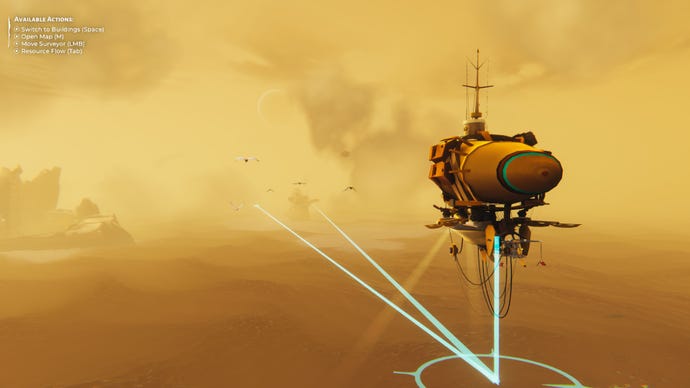
LikeSteamWorld Build, you can comfortably leave your settlement to hum along in the background while you’re out in surveyor mode. I mean, there’s nothing you actually need to keep an eye on in Bulwark, as you don’t have to worry about resources running out, or keeping citizens happy, oranything, really, so you can pop off in your airship whenever you feel like it. In fact, this was where I ended up spending most of my time once I’d got my basic settlement going, as it’s only through exploration that you’ll find new faction outposts to hoover up, new trading ships to bring into your fold, and unique buildings to airlift back to your main home.
However, it’s this late-stage of Bulwark’s scenarios where its foundations start to feel increasingly wobbly. Unique buildings are all well and good, for example, but they have literally no purpose other than looking nice. Similarly for the vessels you’ll find that say they’ll bring ‘new businesses’ to your settlement if you agree to take them in. What businesses? What goods? Businesses aren’t a concern or even a selectable building type in this game, so what good do these new recruits actually bring? Thankfully, other encounters are more profitable. Trading vessels are handy when your nearest source of iron, say, is three islands over, and fighter ships are great at keeping them safe as they ferry resources back and forth.
Eventually, you’ll seek new horizons with your surveyor, encountering new settlements (left), or finding anomaly events out at sea (right). The latter might give you new buildings, ship types, refugees or combat encounters, depending on how much you’ve pissed everyone off with your impressive cliff building. |Image credit:Rock Paper Shotgun/Wired Productions
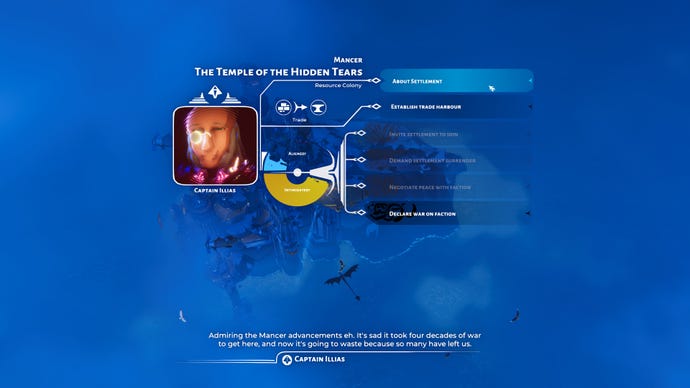
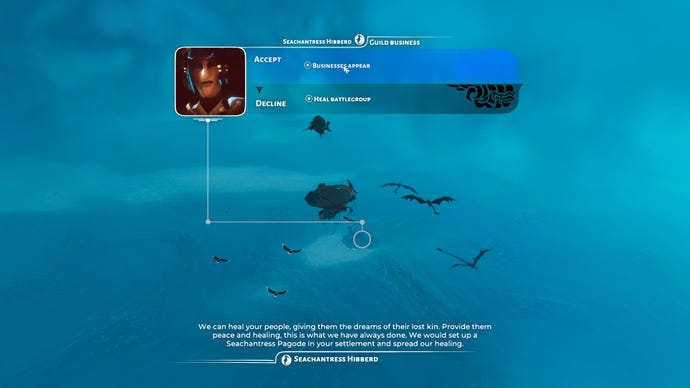
The map gives you a good outline of how many ships you’ve got on each trade route, and whether they’re in danger of being attacked (as the green lines will turn orange if they’re being threatened). Fast travel is possible, but fiddly controls can make it tricky to select your intended destination when zoomed out. |Image credit:Rock Paper Shotgun/Wired Productions
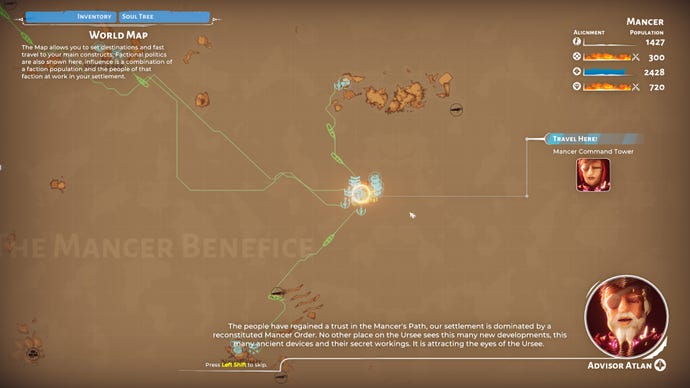
The resource flow menu is both useful for identifying upgrade bottlenecks, but also mildly pointless when there’s not really much of anything being transported anywhere important. |Image credit:Rock Paper Shotgun/Wired Productions
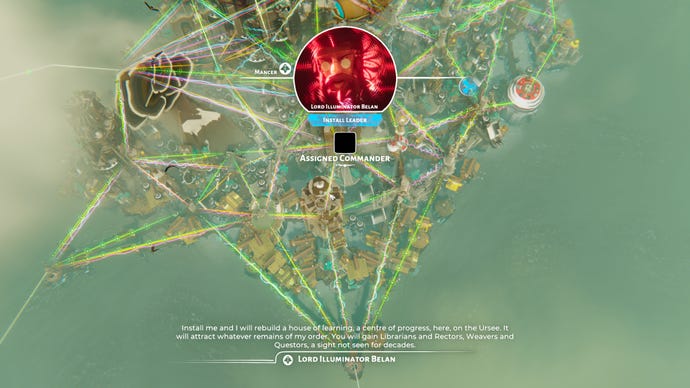
Resources having a set range of travel also feels at odds with Bulwark’s promise of easy, unhindered construction. Remember that Resource Flow menu? Toggle this on and you’ll be assaulted with a mass of coloured squiggly lines showing how workers and resources move through your growing city. But while the quantity of each resource may be technically infinite, they’ll only travel a certain distance from their respective extraction site (or harbour, if it’s coming from overseas). This isn’t brilliantly explained in the tutorial, and it wasn’t until I consulted the help menus that I realised why, despite a healthy supply of iron in my harbour, I couldn’t upgrade some of the towers further into my settlement. I had a great network of walkways going, but the towers I wanted to upgrade lay beyond its incredibly limited building range, stopping me from making progress. Once again, this is a somewhat arbitrary limit to place on construction, especially when extractors are so few and far between. It feels like you’re being imprisoned rather than encouraged, and while dismantling is free and comes without penalty, it’s a right old chore to rearrange everything.
Combat is quite a frictionless affair, as you’ll usually whomp them in seconds without really ever knowing why. |Image credit:Rock Paper Shotgun/Wired Productions
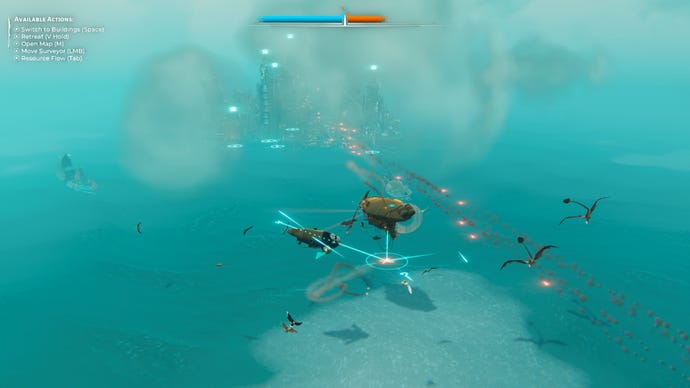
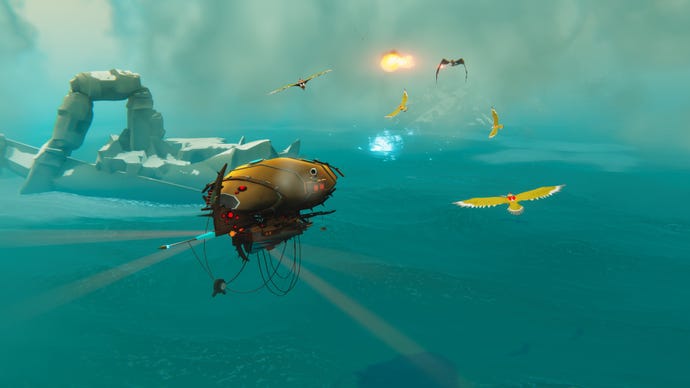
And yes, combat does fill the void somewhat. Enemy settlements will frequently try and disrupt your trade routes, regardless of whether you have fighter ships protecting them or not, but you can also bring the fight to their door and conquer them with your retinue of accompanying fighter falcons. But this, too, grows stale after mincing your fifth large settlement with ease, if only because it’s never really clear how fights actually work. There’s little to no strategy involved - firing your guns all happens automatically, and I couldn’t tell you if clicking my ship around in the sky actually makes any difference versus standing still and letting the cannons rain down from above.